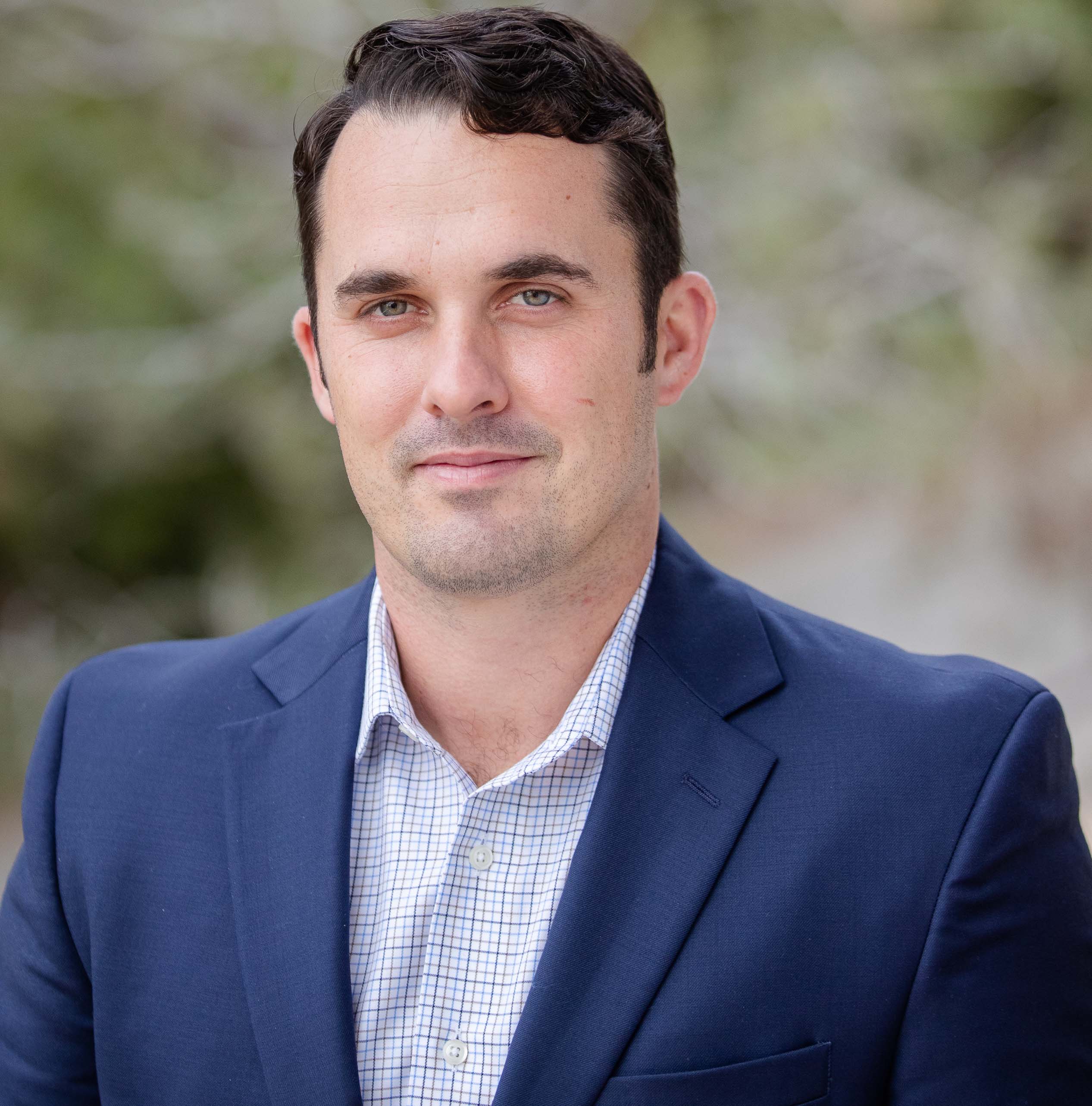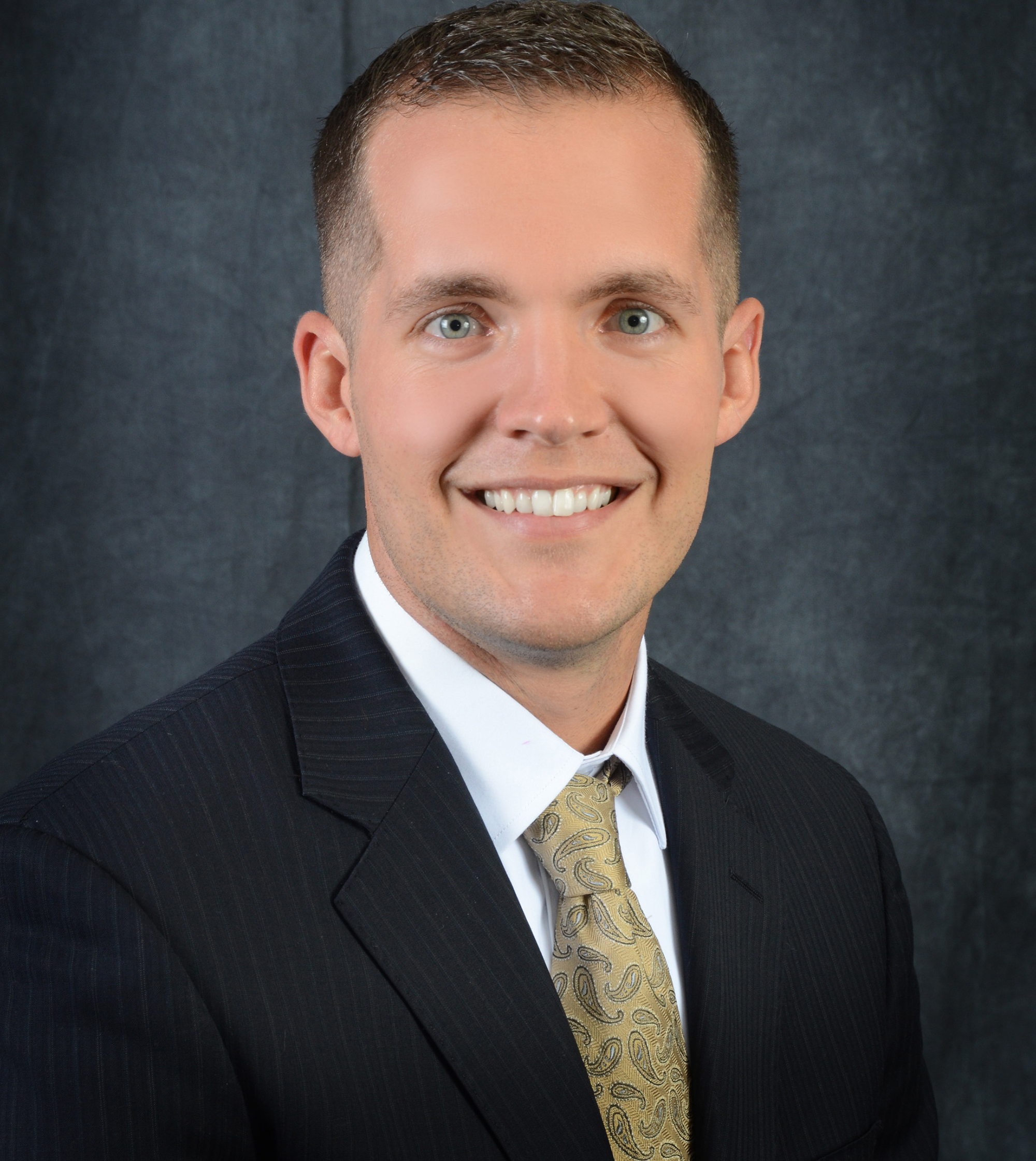Historically, offices of supervisory jurisdiction, or OSJs, provided office space and compliance oversight of registered reps for independent broker/dealers, handling their licensing and registration, acting as a go-between with the brokerage firm and filing the regulatory requirements—all the dry, boring, bureaucratic stuff that most independent reps shunned.
Many advisors realized that if they banded together to create a large OSJ, they could leverage that scale to negotiate better deals for each of them with their broker/dealer, custodian or other vendors.
But the OSJ space has now diverged, stakeholders say, between those going for pure scale—those with $10 billion or more in assets and more than 100 advisors—and those that have created national brands and provide a significant amount of infrastructure and support to the advisors, including in some cases holding a registered investment advisory firm these advisors can work under.

Concurrent Advisors founder Nate Lenz
Take Concurrent Advisors, a San Diego–based OSJ of Raymond James Financial Services, which recruited $3.5 billion in assets under management in 2021 and will likely add another $4 billion in 2022. Thirty-two-year-old Nate Lenz created the firm about five years ago with a group of eight advisors, who all started as consulting clients of his, pooling their resources.
The firm had a bit of a scrappy beginning. Lenz and his partner, Scott Steele, kicked off with a 45-day drive in a 1999 Ford Class C RV up the Eastern Seaboard to pitch their vision to prospective advisor clients, even sleeping in Walmart parking lots.
The OSJ now boasts 130 producing advisors, not including 25 support staff employed by the firm, about half of whom were hired in the past year, across $13.5 billion in total assets. Teams who have been with the firm for at least a year have added $807 million in net new assets, with 14 of those teams earning $20 million or more in new assets.
Lenz says the main idea is to offload a lot of the non-differentiating, non-revenue-producing functions from the advisor. That includes transition support, digital marketing, practice management, technology assistance, oversight, HR, legal and virtual administration.

The RV Nate Lenz and his partner, Scott Steele, drove up the East coast to launch Concurrent Advisors.
The network is billed as a way to participate in the collective know-how of its advisors, who collaborate on best practices and share their M&A expertise, something which can be useful for wirehouse breakaways just getting into the independent business.
The firm started with the operational and middle-office services, and then started to move into areas that touch the end client, Lenz says, such as virtual administration and digital marketing, which can be white-labeled by advisors in the OSJ. The firm also has five Certified Financial Planners on staff, available for advisors’ use on a per household basis.
That infrastructure, he argues, is what sets Concurrent apart.
“I do think there are what I'll call ‘worthy competitors,’” Lenz says. “They're the firms that have truly built out the infrastructure. And then there are a number of firms that I put in the ‘pretenders’ category. And typically, those firms are existing producing teams. So pick a producing team with $500 million in assets that has on their staff maybe two sales assistants, maybe a financial planner, someone that's doing trading for their models," he says. Those advisors too often try to leverage that business as back-office support to recruit.
“What ends up happening is that those folks that are focused on those core functions, that becomes their value proposition, which can work on a limited basis, but they're not really able to scale that business,” he says.
Last July, Concurrent sold a minority stake to Merchant Investment Management, a New York–based private partnership that provides growth capital and other support to independent financial services firms. The deal allowed Concurrent to create a capital solutions offering for its underlying advisors, in which advisors sell a minority stake in their practice in exchange for cash proceeds and an equity stake in Concurrent. Advisors who opt in to that capital program then have access to working capital that they can use however they see fit, whether that’s for acquisitions and recruiting or investing back into their business. Fifty five of its 70 total teams have opted in to that program so far, creating some stickiness to the firm.
Private Advisor Group, a Morristown, N.J.–based super OSJ of LPL Financial, did something similar when it sold a minority stake to Merchant, its first outside investor, in December. The move paves the way for the firm to offer some form of equity to its advisors.
“These OSJs are, ‘OK, while my underlying advisors are 1099 independent, how do I create more stickiness to our enterprise? How do I create more dependence upon our enterprise?’ So there's a race now to create,” says Paul Lally, principal and national leader for the wealth and asset management industry at Wipfli, which provides industry-focused assurance, accounting, tax and consulting services.
The partnership programs, Lally says, allow both the OSJ and the advisors to benefit from each other’s success.
“You want everybody in the canoe rowing in the same direction,” he says. “You still operate your own business, your own underlying practice that services clients, produces a nice income for you, but we want to be able to incentivize, motivate, and retain you by having you share in something bigger, being our enterprise.”
Good Life Companies, a Reading, Pa.–based network of independent advisors that includes a large enterprise affiliated with LPL Financial, has built something close to a nationally recognized brand, with over 200 advisors and a goal of surpassing $10 billion in assets this year, says Conor Delaney, founder and CEO of Good Life.

The Good Life founder and CEO Conor Delaney
Good Life has long had a turnkey service model, providing real estate, infrastructure, technology, training and support, to help advisors go independent. Last summer, the OSJ launched a new RIA and joined the Protocol for Broker Recruiting to attract advisors that want independence but would have stayed away from Good Life because they are reluctant to work with LPL. At the same time, Delaney says he was working with LPL to develop the firm’s Strategic Wealth Services offering, its affiliation model for breakaway advisors.
Delaney argues that the model of OSJs scaling up for better pricing doesn’t work anymore because a lot of the IBDs and custodians have started to assert their own value to advisors, leaning into the same service offerings that the OSJs use.
“So, now these guys are saying, ‘What do I do? Because I can't get out of the business because my advisors will leave. And therefore my asset isn't worth anything, because there's no value for the advisor to stay with us. And I can't stay in the business because all these people are coming with a more compelling value proposition,’” he says.
David Wood, founder of Gateway Financial Partners, a Glastonbury, Conn.–based large OSJ of LPL, sees an opportunity to acquire those types of OSJs. His firm recently announced its first major deal, acquiring fellow LPL OSJ Advisors’ Pride, which he says was more of a traditional or facilitator-type OSJ, a group that got together to leverage the economics of the broker/dealer and didn’t offer much beyond that. The deal more than doubled Gateway’s number of advisors, with the firm now serving 170 advisors across 26 states and with a combined $7 billion in assets under management.
Gateway is more like the “business-builder OSJs,” big organizations that provide infrastructure to advisors beyond trying to leverage the economics. Gateway provides support across leadership, operations, marketing and technology.
“This is not a one-and-done,” Wood says. “I think we’re really well-positioned to take our value proposition, which is strong, offer that out to the Advisors’ Pride people to help them grow quicker than they can grow the way they are. And then we’re actively out looking for others. We have a great value proposition, but I don’t think we had a big enough advisor base to take advantage of it.”
Last year, Gateway’s average advisor grew its revenues by 40%, and Wood expects Advisors’ Pride advisors to tap into that growth support.
As Gateway looks to do more acquisitions, the firm may bring on a capital partner such as Merchant, Wood says, which has taken stakes in other LPL OSJs, not just to help finance other deals in the future, but also for the leadership and intellectual capital that the RIA can get from these firms.
“I think there are a group of those firms, like Merchant, that are now trying to really help their partners that they have an equity stake in grow, so that becomes another growth strategy for us,” Wood says.
“There are smaller OSJs that I think are going to come under pressure because the advisor sits back and says, ‘Hey, this other firm is doing all these things, and I don’t get that from my current firm.’ And I think that will be more relevant when the market doesn’t go up 30% a year,” Wood says.





